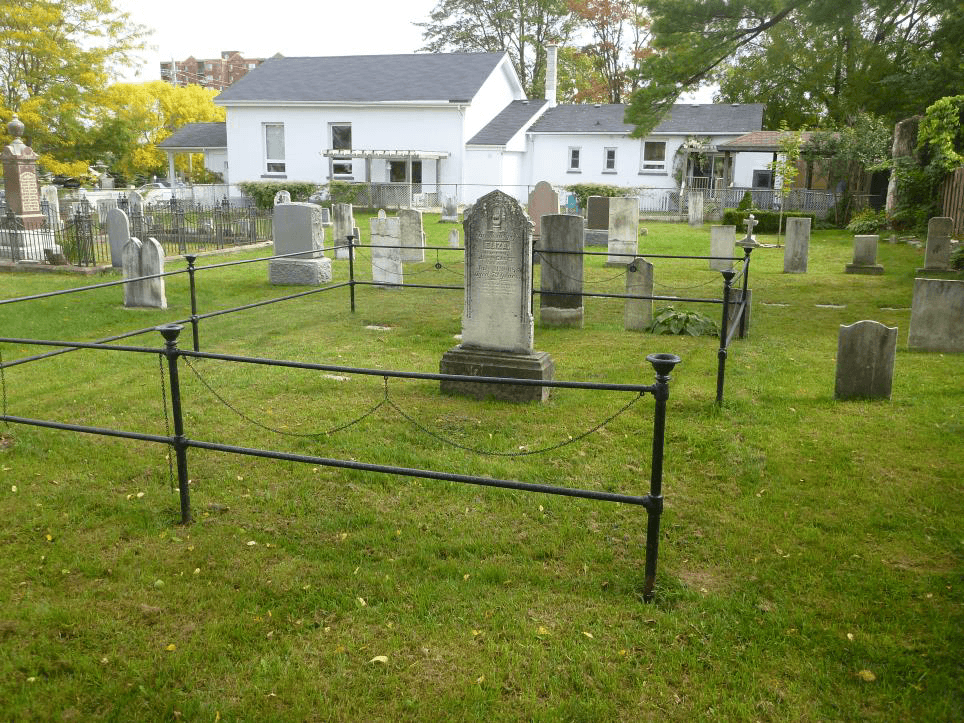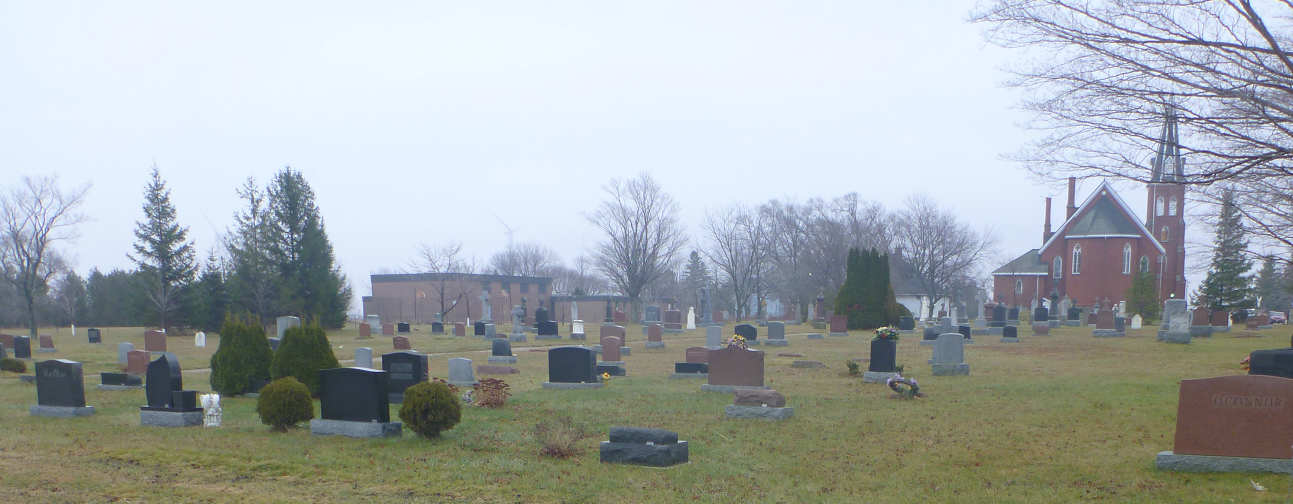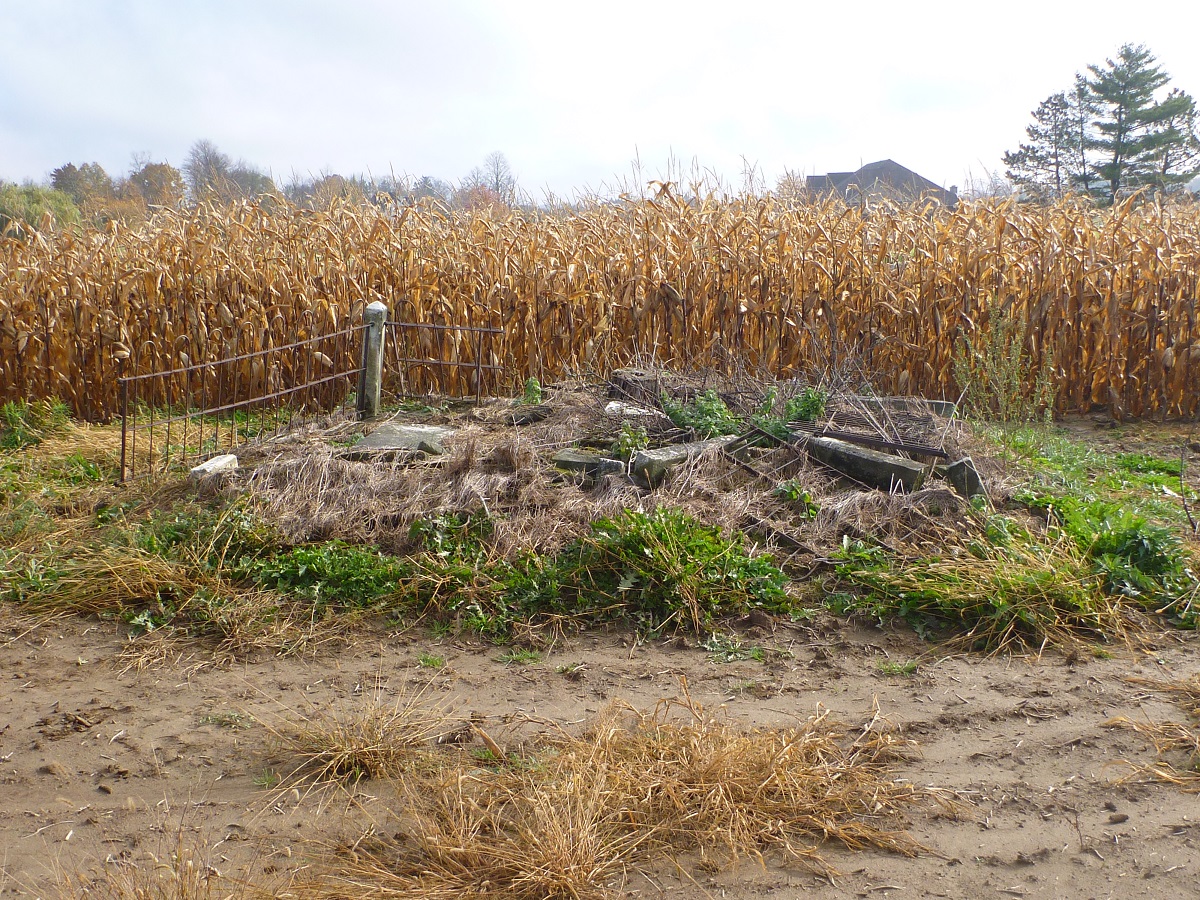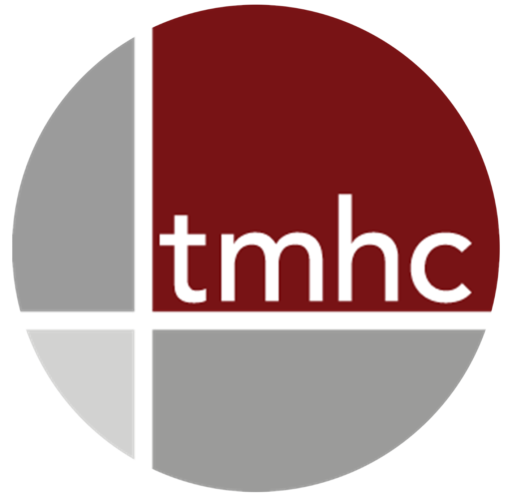Understanding Cemetery and Burial Site Investigations in Ontario

Inside a cemetery is Bereavement Authority of Ontario, outside a cemetery is the Ministry of Government and Consumer Service (MGCS) – or is it that simple? Generally speaking, burial site investigations are the jurisdiction of the Registrar for Burial Sites at MGCS until the site is declared a cemetery and registered. Cemeteries assessments are often required to satisfy the development approval condition or under the Funeral, Burial and Cremation Services Act (2002) if within the limits of a cemetery. If a cemetery assessment uncovers human remains located outside a registered cemetery, then the process follows that for burial site investigations. Each situation is unique, but there are some general guidelines that can be followed when determining who to contact when addressing cemetery assessment and burial site investigation in Ontario.

Current Context
In April 2018, the Bereavement Authority of Ontario (BAO) issued a directive [https://thebao.ca/archaeological-assessments-investigations-on-cemetery-lands/] regarding the requirements for archaeological assessments within or directly adjacent to a registered cemetery. This directive created some clarity around the roles of the Registrar of Cemeteries at the Bereavement Authority of Ontario and the Registrar at the Ministry of Government and Consumer Services under the Funeral, Burial and Cremation Services Act (2002). However, the process is still poorly understood.
10 years after being passed, the Funeral, Burial and Cremation Services Act (2002) was proclaimed in force in July 2012. The FBCSA replaced The Cemeteries Act (R.S.O. 2005) which governed the operation of cemeteries in Ontario, but also the accidental discovery of human remains. Shortly after the proclamation of the FBCSA being in force, changes were introduced as to how the regulation and oversight of the requirements would be administered. The Ministry of Government and Consumer Services had previously administered the FBCSA with internal staff, but opted to delegate its administrative authority for the majority of the requirements to the newly created Bereavement Authority of Ontario while retaining a small number of requirements including the discovery of burial sites.
The new FBCSA required a burial site investigation to be completed by a professionally licensed archaeologist. Prior to the FBCSA, convention required that burial site investigations be completed by licensed archaeologists, so this was not a significant change.
Burial investigations are typically either the result of burials or human remains being accidentally discovered during archaeological excavations, natural erosion processes or development, or the identification of a known cemetery or burial site lead which results in an archaeological assessment by a licensed archaeologist. The majority of burial investigations fall into these two categories: 1) accidental discoveries, here after referred to as burial sites, either by an archaeologist (within an archaeological site) or by a member of the public; and 2) known cemeteries or burial site leads identified during the development approvals process and/or associated archaeological assessment.

Accidental Discovery
The investigation of burials and the discovery of human remains is the jurisdiction of the Registrar of Burial Sites, Consumer Protection Branch, Ministry of Government and Consumer Services. Certain aspects of the investigation (e.g. whether or not analysis is conducted and whether or not a cemetery is established where the remains are found) are specifically addressed in a site disposition agreement between the landowner and the representative of the deceased. The site disposition agreement addresses whether a burial will remain where it was originally found, or moved to a registered cemetery.
Human remains are found in a variety of archaeological contexts. The context of the discovery will inform the decision-making during the investigation of the burial site. For example, human remains may be found in a formal burial (primary or secondary), in a cultural feature within an archaeological site, or on the surface of an archaeological site.
Once it is determined that accidentally discovered human remains are not associated with a crime scene, the landowner may be required by the Registrar of Burial Sites to complete a burial site investigation (i.e. an impact assessment or an investigation order will be issued resulting in an impact assessment and a burial investigation report) in order to determine the origin of the site. The consultant archaeologist typically conducts a Stage 3 assessment to determine what impacts, if any, have occurred to the burial and evaluates the potential for additional burials to be present within the immediate vicinity. The burial site investigation also provides information on the age of the burial and the cultural affinity (see our two-part series on some of the pitfalls of this approach).
Ontario Regulation 30/11 requires that the archaeologist completing a burial site investigation provide the Registrar with information about the burial to inform a Declaration. The Declaration identifies the landowner and the representative of the deceased. The two parties are then required to negotiate a Site Disposition Agreement. The Site Disposition Agreement process is administered by MGCS. However, if the result of the process is the establishment of a cemetery, then the process shifts over the BAO as a registered cemetery.

Known Cemeteries and Burial Site Leads
The second category of archaeological assessment relates to cemeteries and burials identified during the screening process for a development application or as part of the archaeological assessment requirement. The majority of these assessments occur outside a registered cemetery, but are required based on the potential presence of burials outside the current limits of cemeteries and the corresponding FBCSA requirement that no structure can be erected within 4.57 metres (15 feet) of an in-ground grave.
These assessments are typically conducted as a result of information about burials being discovered during background research as part of the archaeological assessment of a property proposed for development. If the background research reveals that the proposed development is in close proximity to or includes, a known cemetery, or if there is information suggesting the possibility of a burial site on the property (a burial site lead), then a burial investigation must be undertaken.
If the cemetery and its limits can be demonstrated to the satisfaction of the Ministry of Tourism, Culture and Sport through the standard archaeological assessment process, then the potential for finding additional burials outside of the cemetery is deemed to be low and no further work is required. The limits of a cemetery can often be determined through archival research, the local cemetery committee or the Registrar of Cemeteries at the Bereavement Authority of Ontario. However, the Ministry of Tourism, Culture and Sports Standards and Guidelines for Consultant Archaeologists (2011) also include a guideline for mechanical topsoil removal adjacent to a known cemetery to determine if burials can be detected beyond the currently defined limits of a cemetery. In these instances licensed archaeologists are required to be in compliance with MTCS requirements including the submission of an archaeological assessment report.
However, if it is not possible to confidently determine these limits then further assessment is often recommended by the licensed archaeologist. The assessment is completed under the approval process for the proposed development until such a time as human remains are confirmed. If suspected human remains are present, the process then involves the police and coroner and before becoming the jurisdiction of the Registrar at the Ministry of Government and Consumer Services under the burial site provisions if not deemed of forensic (criminal) interest.
Reporting for an archaeological assessment within a cemetery or adjacent to a cemetery typically consists of the archaeological assessment report being shared with the BAO. There are no separate reporting requirements.
Cemetery assessments differ from burial site investigations as they are based on the potential presence of human remains. Burial site investigations are specific to human remains that have already been discovered. In most instances, the presence of a cemetery is not what determines the jurisdiction, but the whether or not human remains are present.
Summary
In sum, an investigation order is to be sought from the Registrar, Funeral, Burial and Cremation Services Act, 2002, Bereavement Authority of Ontario if:
- Invasive activity or any disturbance that might impact the burial of human remains is proposed to be undertaken within a cemetery’s boundaries and there are no records, maps etc. to credibly identify the location of burials within that cemetery;
- Invasive activity or disturbances are proposed on lands adjacent to a cemetery where the boundaries of the cemetery are not discernable or cannot be definitely identified.
Any other activities – archaeological investigations of burial sites, human remains etc. outside the distinctly identified boundaries of a cemetery are the jurisdiction of the Registrar, Funeral, Burial and Cremation Services Act, 2002 - Burial Sites, Abandoned Cemeteries, Cemetery Closures and War Graves, Ministry of Government and Consumer Services.
Acknowledgements
TMHC is grateful for assistance of Michael D’Mello at the Bereavement Authority of Ontario.
References
Bereavement Authority of Ontario
2018 Registrar’s Directive: Archaeological Assessments & Investigations on Cemetery Lands.
Carruthers, Peter
1998 The Discovery of Human Remains – Best Practice. ArchNotes 4(2): 10-15.
Government of Ontario
2005 Cemeteries Act (R.S.O.)
1990 Ontario Heritage Act (R.S.O)
Ministry of Tourism, Culture and Sport
2011 Standards and Guidelines for Consultant Archaeologists. Queen’s Printer for Ontario, Toronto.
Office of the Chief Coroner
1998 The Discovery of Human Remains – Best Practices.
